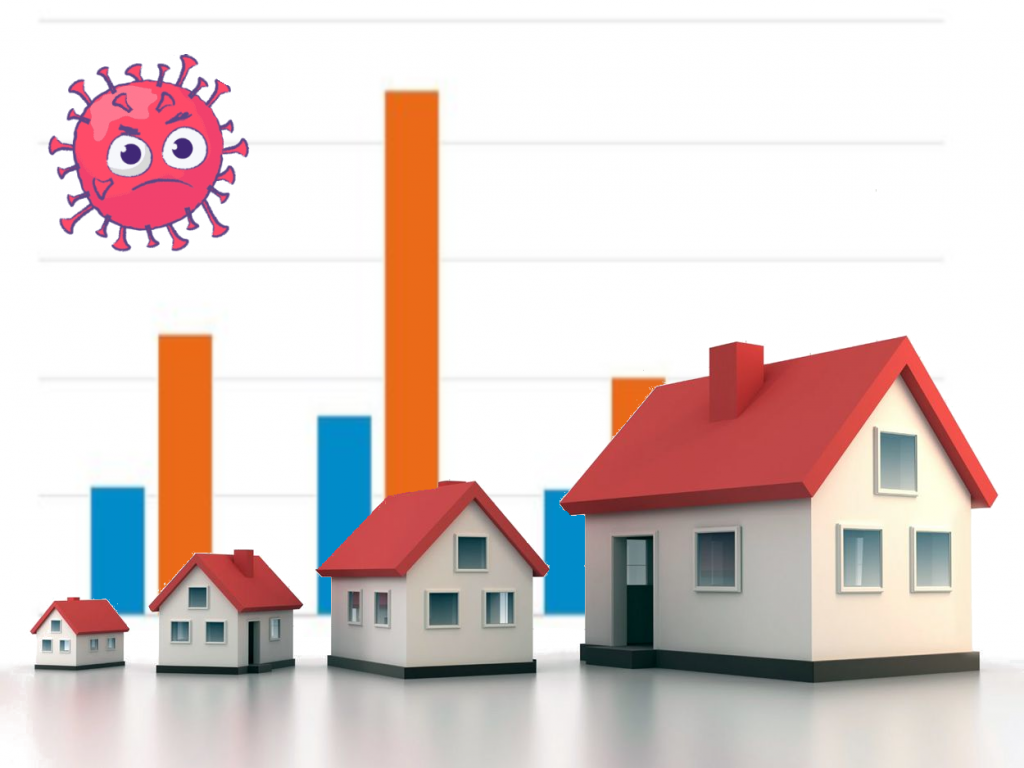Esta web utiliza cookies para que podamos ofrecerte la mejor experiencia de usuario posible. La información de las cookies se almacena en tu navegador y realiza funciones tales como reconocerte cuando vuelves a nuestra web o ayudar a nuestro equipo a comprender qué secciones de la web encuentras más interesantes y útiles.
Publications
Surprisingly, COVID-19’s effect on the Spanish real estate market has been limited. The pandemic occurred during the “mature” housing cycle phase in terms of prices and transaction volumes. While GDP contracted by 17.8% year-on-year in the second quarter of 2020, the contractions in construction and property services amounted to 22.8% and 6.3%, respectively. Between June and September, both activities have recovered, registering growth of 24.8% and 6.4%, respectively. COVID-19 did, however, change the nature of the housing market, with rising demand for larger homes due to home working and declining demand for holiday homes thanks to mobility restrictions. Importantly, significant disparity in house prices exists across Spain’s regions. As well, the pandemic had a greater adverse impact on prices of new builds compared to existing homes. That said, COVID-19 had a more uniformly adverse effect on rental prices. In general, the pandemic has shone a spotlight on housing affordability issues, which Spain had been wrestling with since before the onset of COVIID-19, with numerous initiatives introduced to protect tenants during the crisis. While rental controls have been fl this would only lead to reduced supply and, ultimately, price growth, further hurting affordability.
Carbó, S. and F. Rodríguez (2021). «The Spanish housing market post COVID-19». SEFO – Spanish Economic and Financial Outlook 10, n.º 4 (July): 39-45.



